In memoriam: André Dubreuil (1951 – 2022)
We celebrate the life and work of André Dubreuil and his inventive design pieces
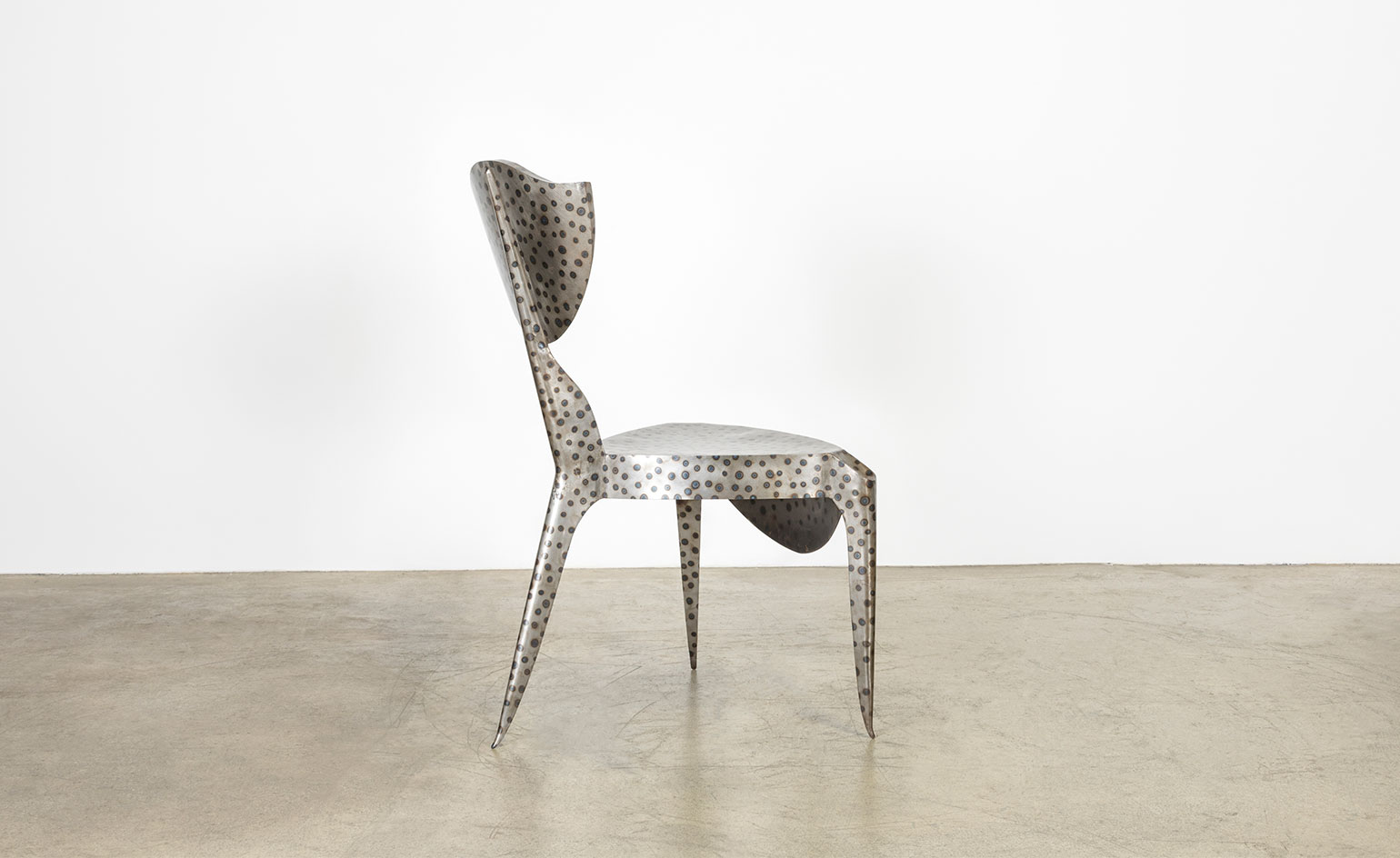
No one ever purchased an André Dubreuil chair for its comfort or practicality. His creations, although constructed from metals, are delicate, elegantly proportioned, exquisitely balanced and unashamedly ornamental. ‘My furniture will never be defined by its function,’ Dubreuil once said. ‘The eye needs to be attracted, hooked and focused on the surfaces of things.’ And what shimmering surfaces. What delight for the eyes.
Dubbed poète du fer (poet of iron) by biographer Jean-Louis Gaillemin, Dubreuil created highly inventive pieces, both fantastical and classical – bold adventures in metallurgy and glass, referencing Émile-Jacques Ruhlmann, the silhouettes of André-Charles Boulle, French ébénisterie (cabinetmaking), Louis XV Rocaille style, Jules Verne’s monsters, Jean Cocteau and cocktail society, often in a single, extraordinary expression of a copper screen, enamelled armoire, blowtorch-spotted chair or spider-legged table.
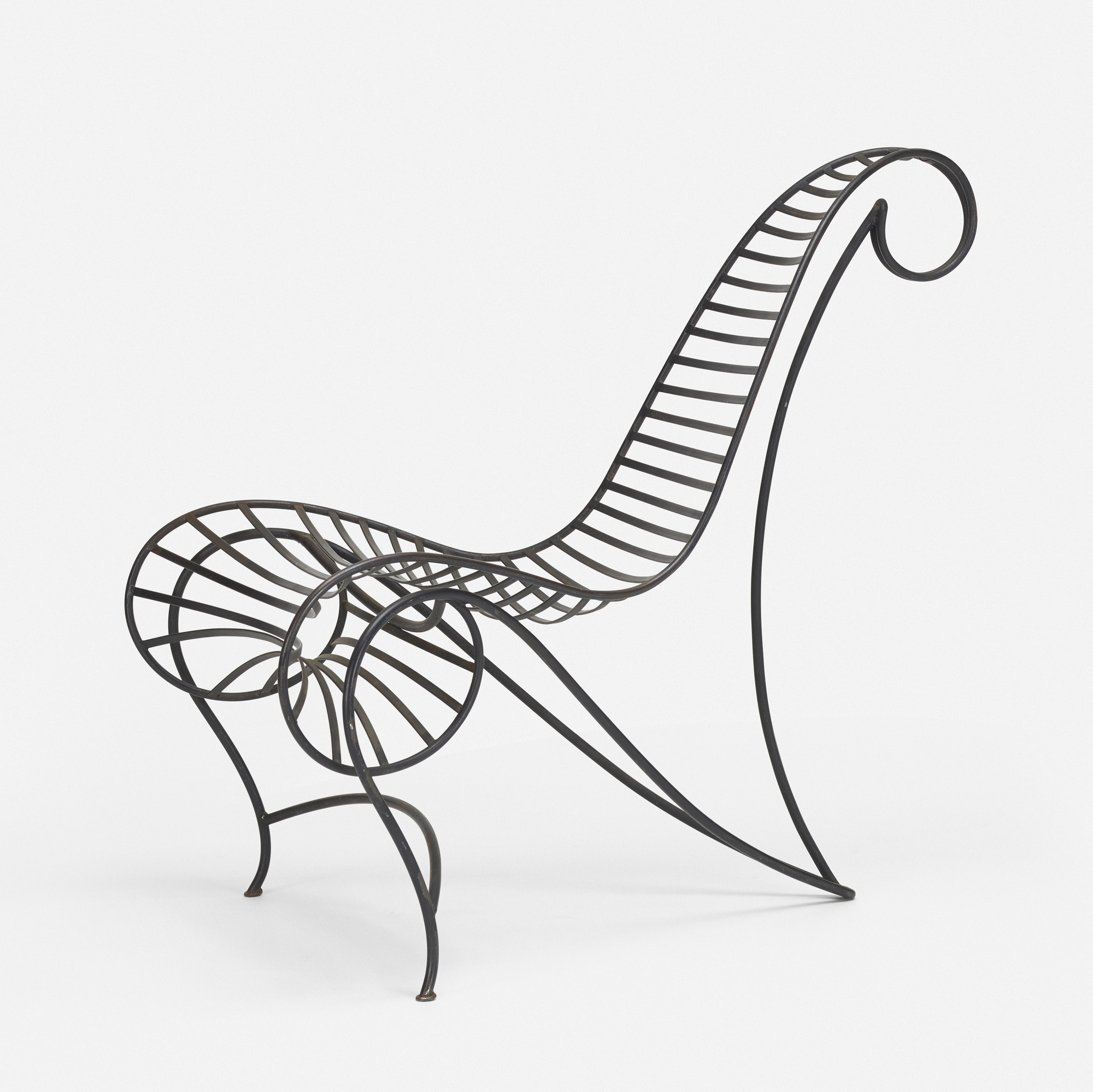
‘Spine’ chair, 1986
In later life, as his earlier works were busy fetching hundreds of thousands in Paris and London auction rooms, Dubreuil and his small team retired to an atelier at Château de Beaulieu, his beautifully decorated family seat in the Dordogne, to make clocks, trophies and sumptuous new furniture pieces in glass, wood, cloisonné and porcelain, never accepting commissions to remake old editions and refusing to revisit any past, Baroque ’n’ roll glories.
The son of a Lyon pharmaceutical and medical research family, Dubreuil moved from France to London as teenager to study drawing and draughtsmanship at the Inchbald School of Design in Belgravia. He worked as a trompe l'oeil painter and decorator/retailer at (fellow Inchbald graduate and interior designer) Christophe Gollut’s Alistair Colvin store in Chelsea.
A request to help create the interior of Rococo, a Kings Road chocolatier that opened in 1983, changed his life. With the young Tom Dixon, employed to weld furniture and Arabesque light fittings for the tiny boutique, running late on the day, Dubreuil took over. ‘I helped him [Dixon] to make his chandelier and I was suddenly hooked with the soldering iron,’ he recalled. ‘That was that. I was welding in my flat – my poor neighbour – all night.’ It is worth noting that Debreuil’s small Ladbroke Grove flat was lined in floor-to-ceiling velvet.
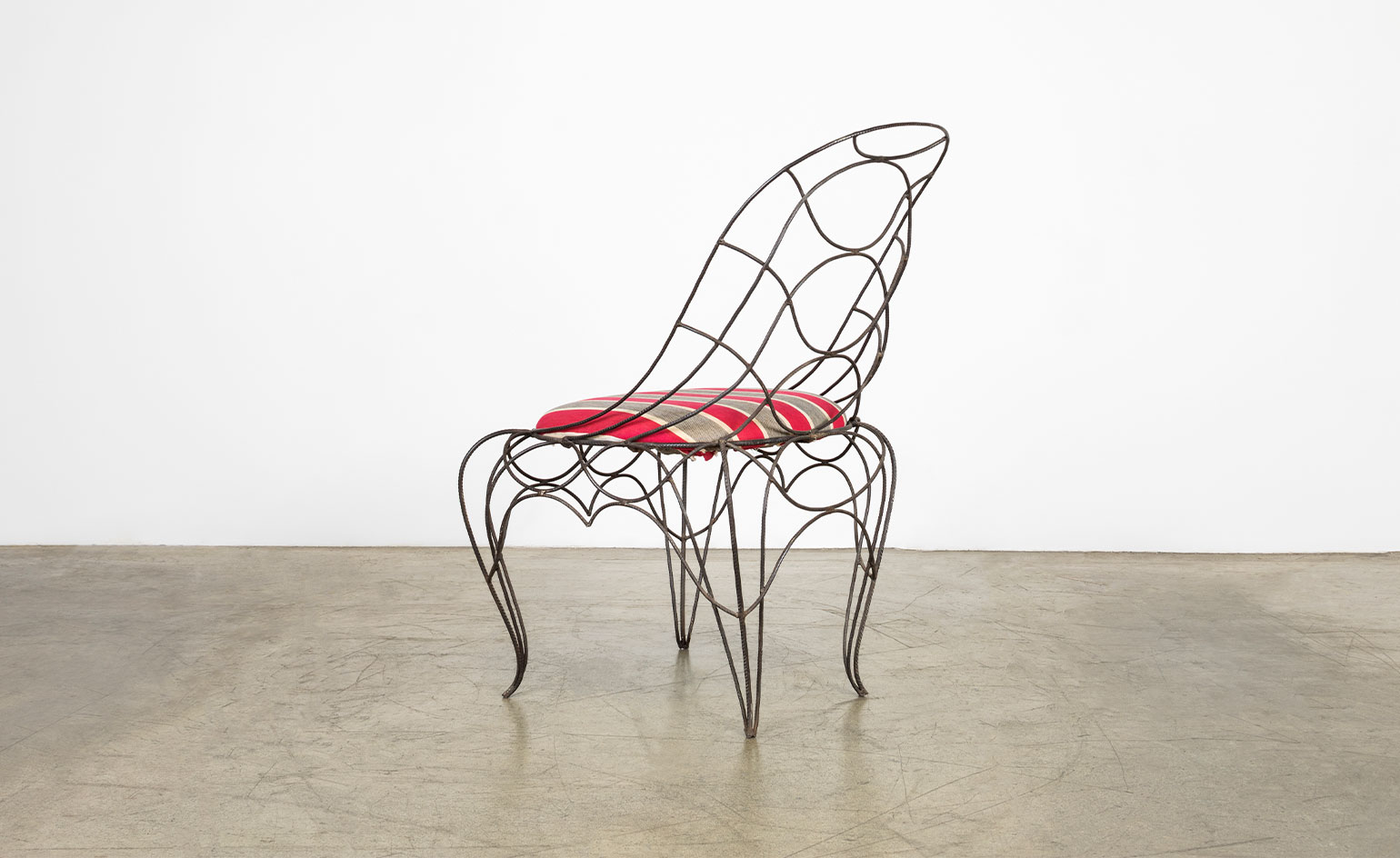
In 1981 Dubreuil set up an All Saints Road workshop with three fellow bricolagistas – Nick Jones, Tom Dixon, Mark Brazier-Jones – turning rusty lengths of scrap rebar, kitchen pans and old car parts into statement furniture pieces, establishing a loose design collective known as Creative Salvage. Later, he moved to a home and workspace (also shared with Dixon) at a converted Troll factory on Beethoven Street in unfashionable W10, where Dubreuil’s Airedale terrier, Rhulman would regularly dig up whole families of pink but hairless toys, discarded as rejects in the backyard.
Tom Dixon, who schooled Dubreuil in the ways of oxyacetylene, recalls the Frenchman being a demon with the angle grinder ‘sparks flying for hours and hours, making a dreadful noise, just so he could get the exact finish he wanted’.
Wallpaper* Newsletter
Receive our daily digest of inspiration, escapism and design stories from around the world direct to your inbox.
‘Having grown up in a wealthy family, surrounded by beautiful furniture, André had enjoyed a classical upbringing. He was aware of stuff like proportion and finishes, so naturally had a different take on things,’ says Dixon. ‘Sharing a studio, we did influence each other, but I think he found us [Dixon, Jones and Brazier] a bit brutal, chaotic and constructivist for his tastes.’
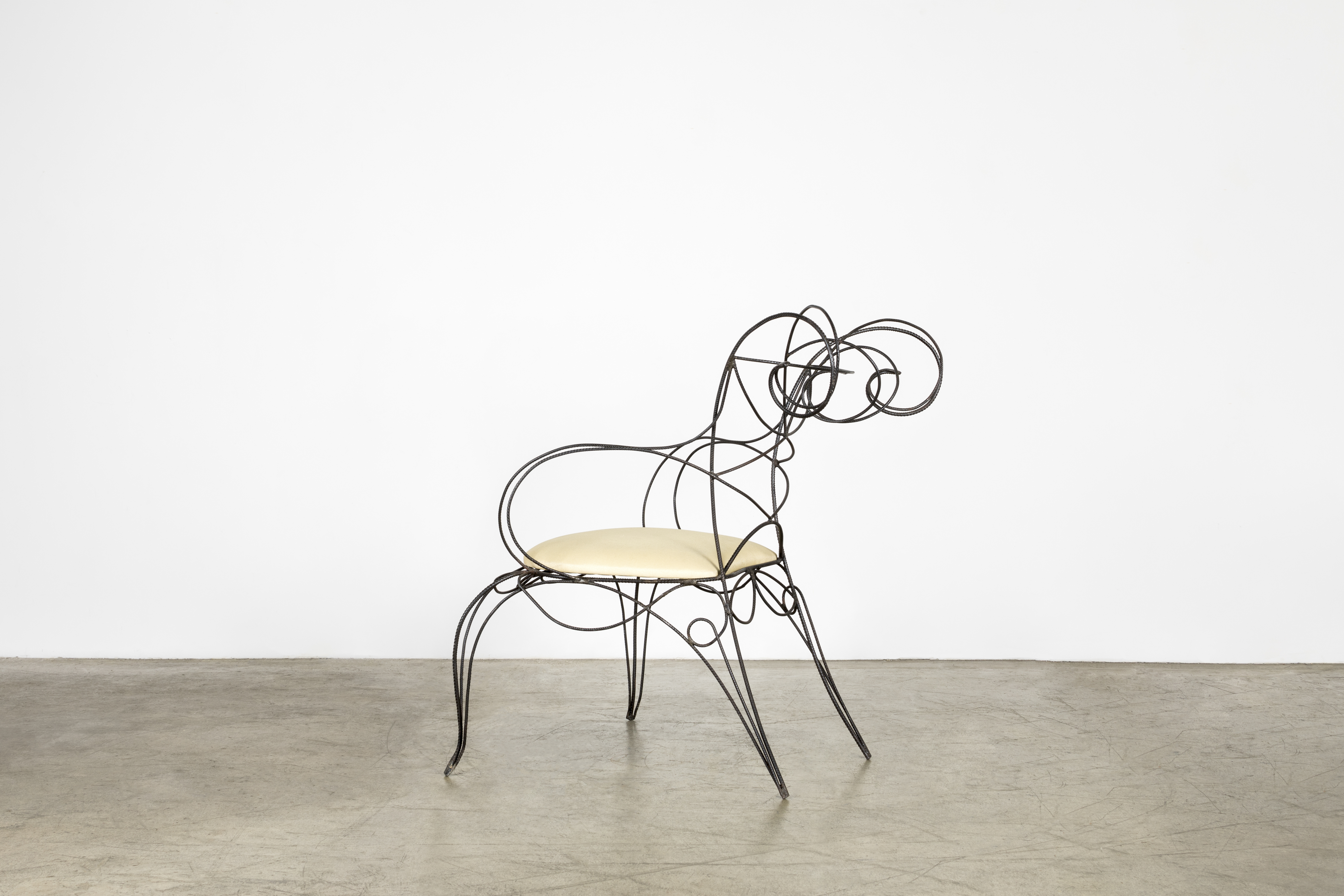
‘Ram’ chair, 1986.
As the Creative Salvage group fragmented, Dubrieul was soon producing furniture of distinctive aesthetic and grand vision for customers that included fashion editor Hamish Bowles, fashion designers Scott Crolla, Georgina Godley and Dean Bright (also Dubreuil’s boyfriend for a while), as well as prestigious clients like Chanel and Louis Vuitton.
His low-raked ‘Spine’ chair and wrought-iron ‘Ram’ chair, both designed in the mid-1980s, remain prized and collectible, bonafide 20th-century classics, and Dubrieul himself, a veritable ferrailleur.
-
 All-In is the Paris-based label making full-force fashion for main character dressing
All-In is the Paris-based label making full-force fashion for main character dressingPart of our monthly Uprising series, Wallpaper* meets Benjamin Barron and Bror August Vestbø of All-In, the LVMH Prize-nominated label which bases its collections on a riotous cast of characters – real and imagined
By Orla Brennan
-
 Maserati joins forces with Giorgetti for a turbo-charged relationship
Maserati joins forces with Giorgetti for a turbo-charged relationshipAnnouncing their marriage during Milan Design Week, the brands unveiled a collection, a car and a long term commitment
By Hugo Macdonald
-
 Through an innovative new training program, Poltrona Frau aims to safeguard Italian craft
Through an innovative new training program, Poltrona Frau aims to safeguard Italian craftThe heritage furniture manufacturer is training a new generation of leather artisans
By Cristina Kiran Piotti
-
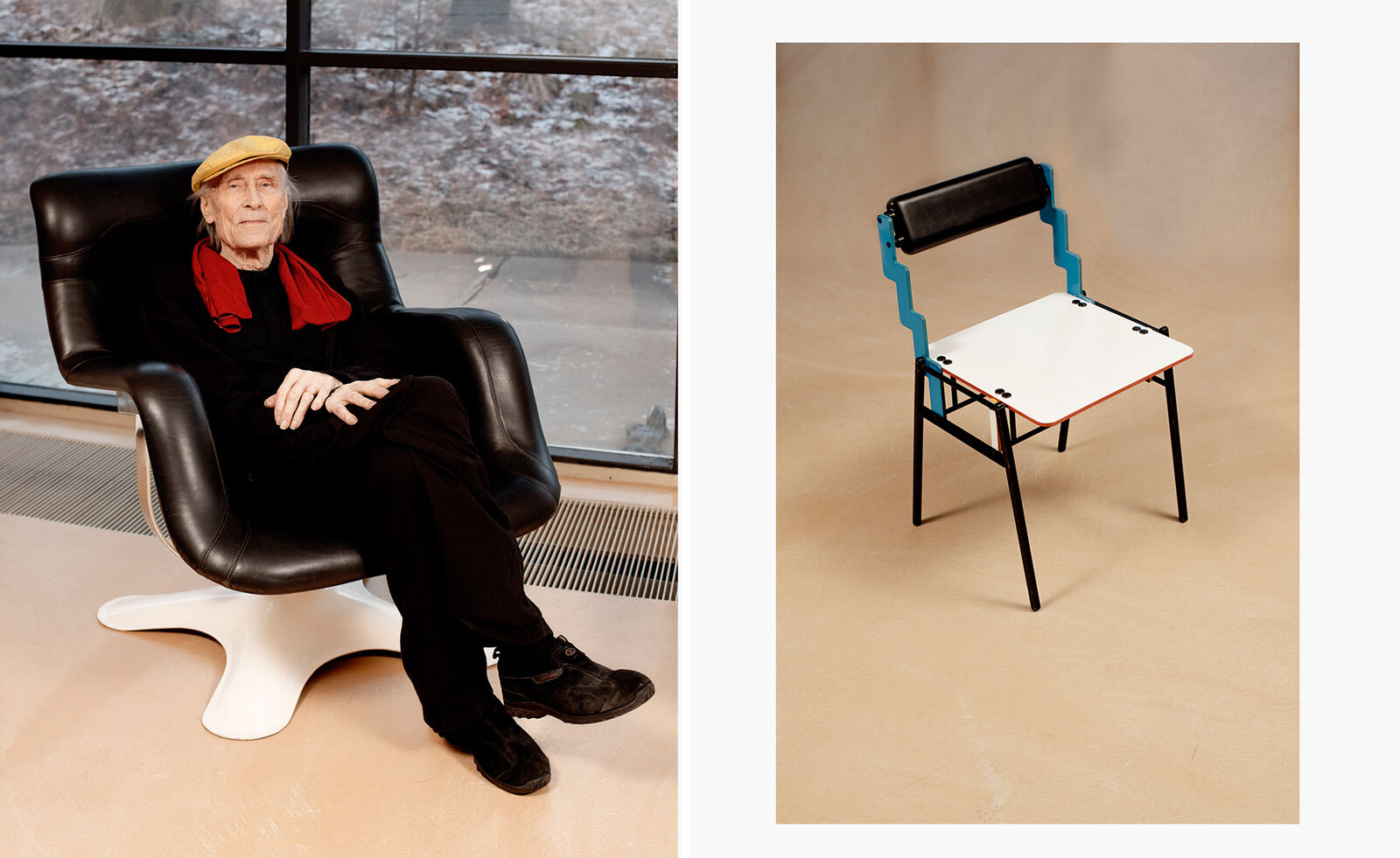 Remembering Yrjö Kukkapuro, Finnish grand master of design (1933-2025)
Remembering Yrjö Kukkapuro, Finnish grand master of design (1933-2025)Almost everyone in Finland has sat in a chair by designer Yrjö Kukkapuro, writes Wallpaper’s Emma O'Kelly, who met him at his studio in 2020 and here pays tribute to a design legend
By Emma O'Kelly
-
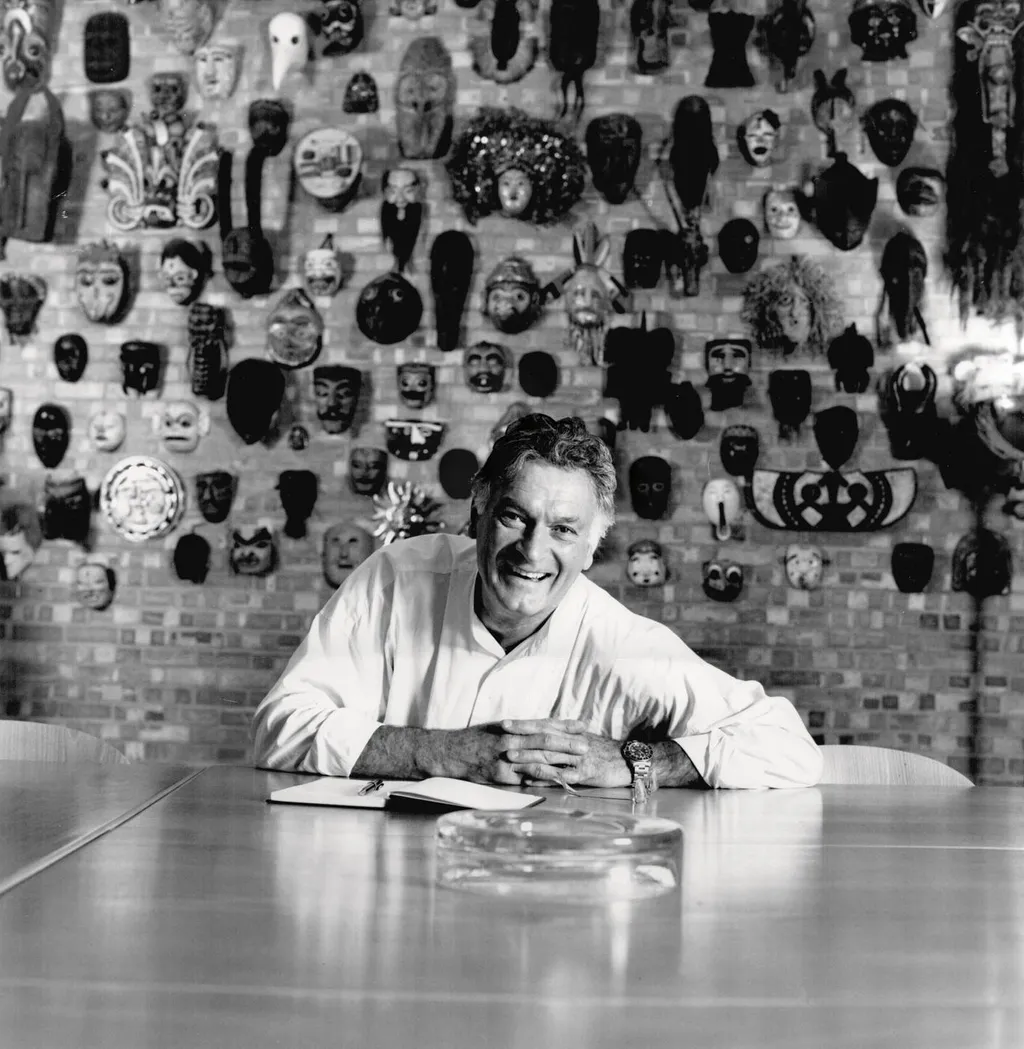 We remember Kenneth Grange, the British industrial designer, who has died aged 95
We remember Kenneth Grange, the British industrial designer, who has died aged 95Kenneth Grange was a colossus of post-war design. With a career spanning six decades, his mission for improvement touched everything from trains to fountain pens, taxis to toothbrushes
By Hugo Macdonald
-
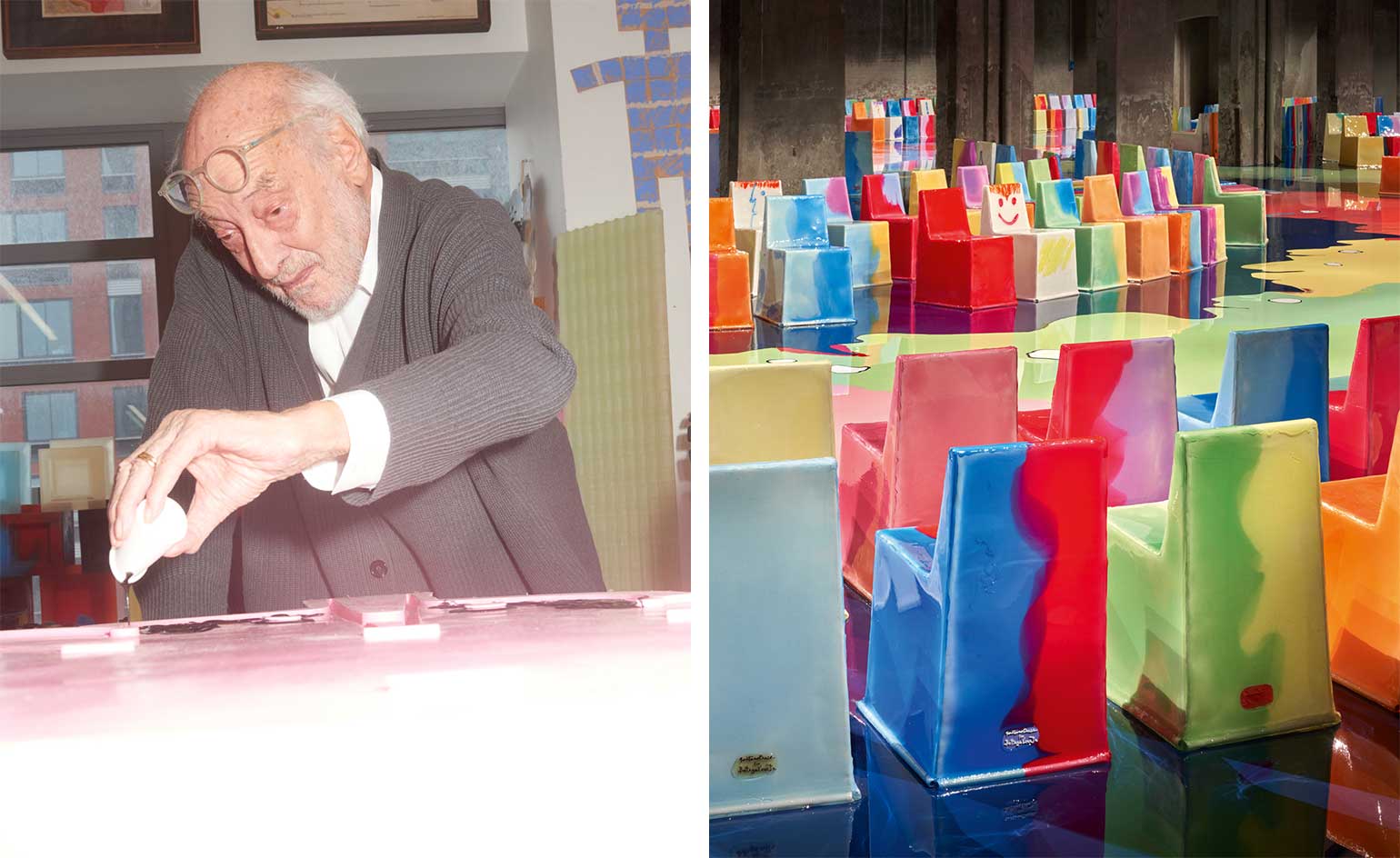 Design world mourns Gaetano Pesce (1939-2024), the ‘most radical of radicals’
Design world mourns Gaetano Pesce (1939-2024), the ‘most radical of radicals’We remember Gaetano Pesce, the rule-breaking Italian design visionary, who has died in New York aged 84
By Rosa Bertoli
-
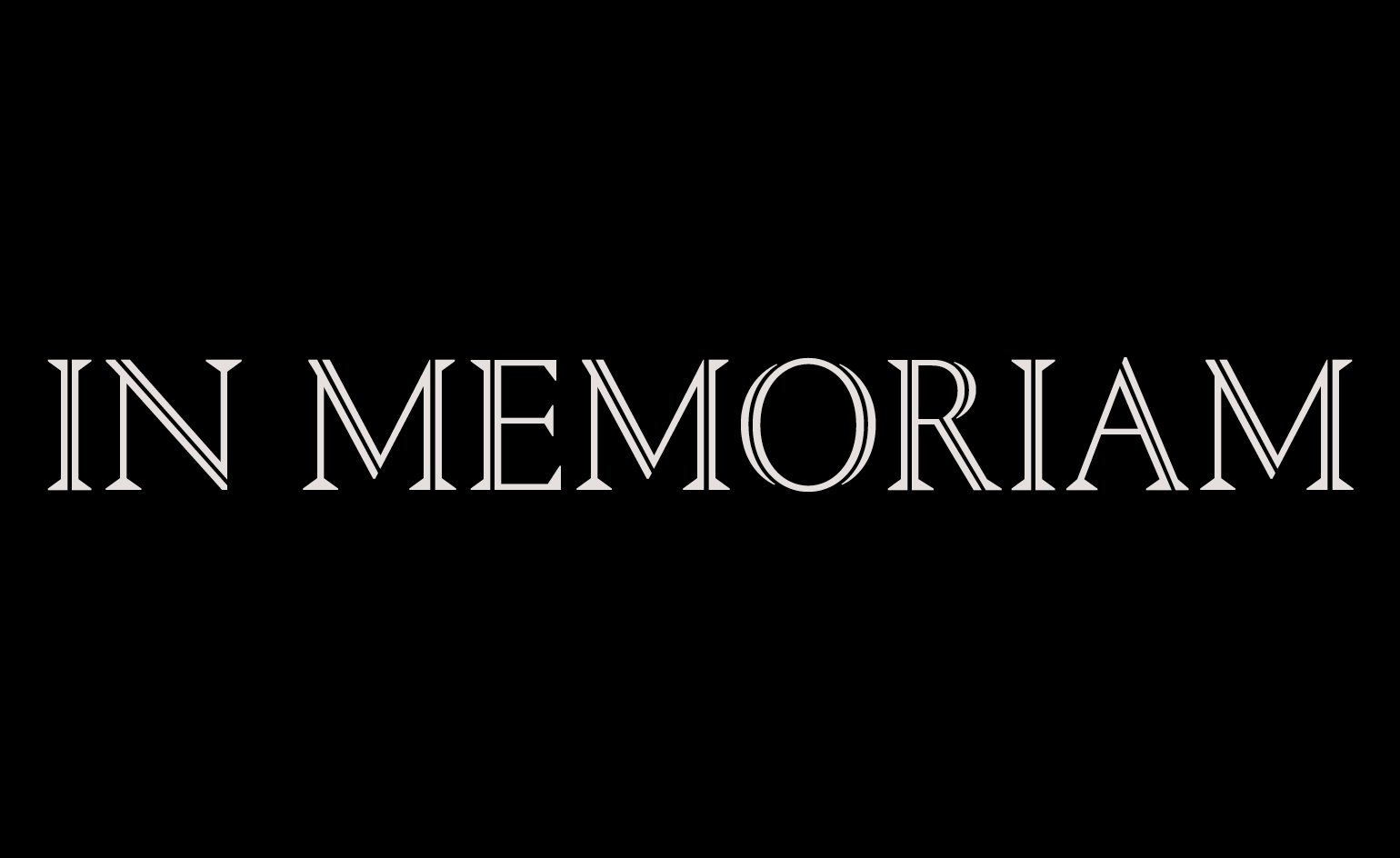 In memoriam: celebrating the lives and work of those we lost in 2023
In memoriam: celebrating the lives and work of those we lost in 2023We honour and remember some of the influential creatives lost during 2023, through the Wallpaper* tributes that ran throughout the year
By Rosa Bertoli
-
 In Memoriam: Maria Pergay (1930 – 2023)
In Memoriam: Maria Pergay (1930 – 2023)We remember design dame Maria Pergay, who died on 31 October 2023 aged 93
By Rosa Bertoli
-
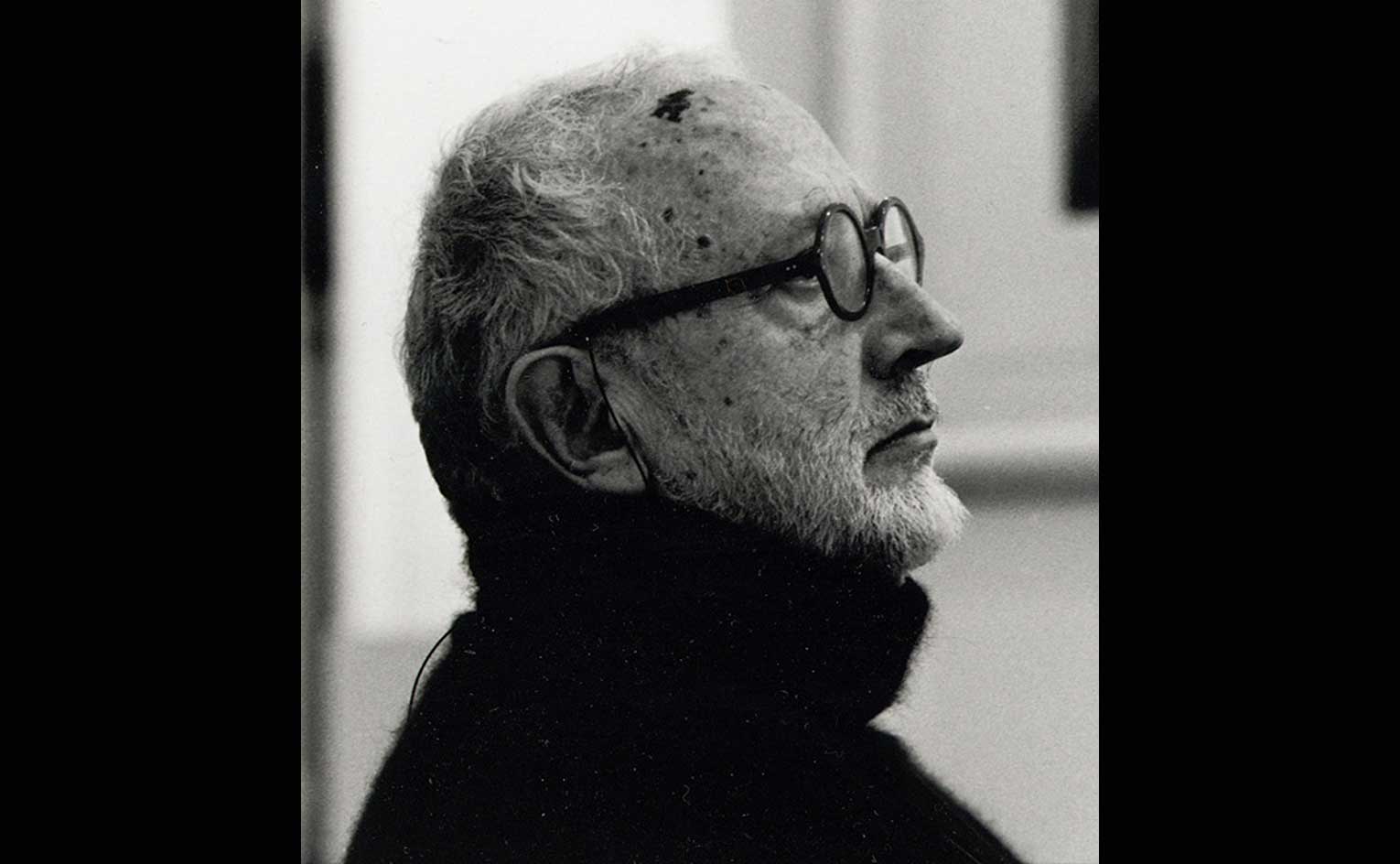 In Memoriam: Andrea Branzi (1938 – 2023)
In Memoriam: Andrea Branzi (1938 – 2023)We remember Italian design radical Andrea Branzi, who died on 9 October 2023
By Rosa Bertoli
-
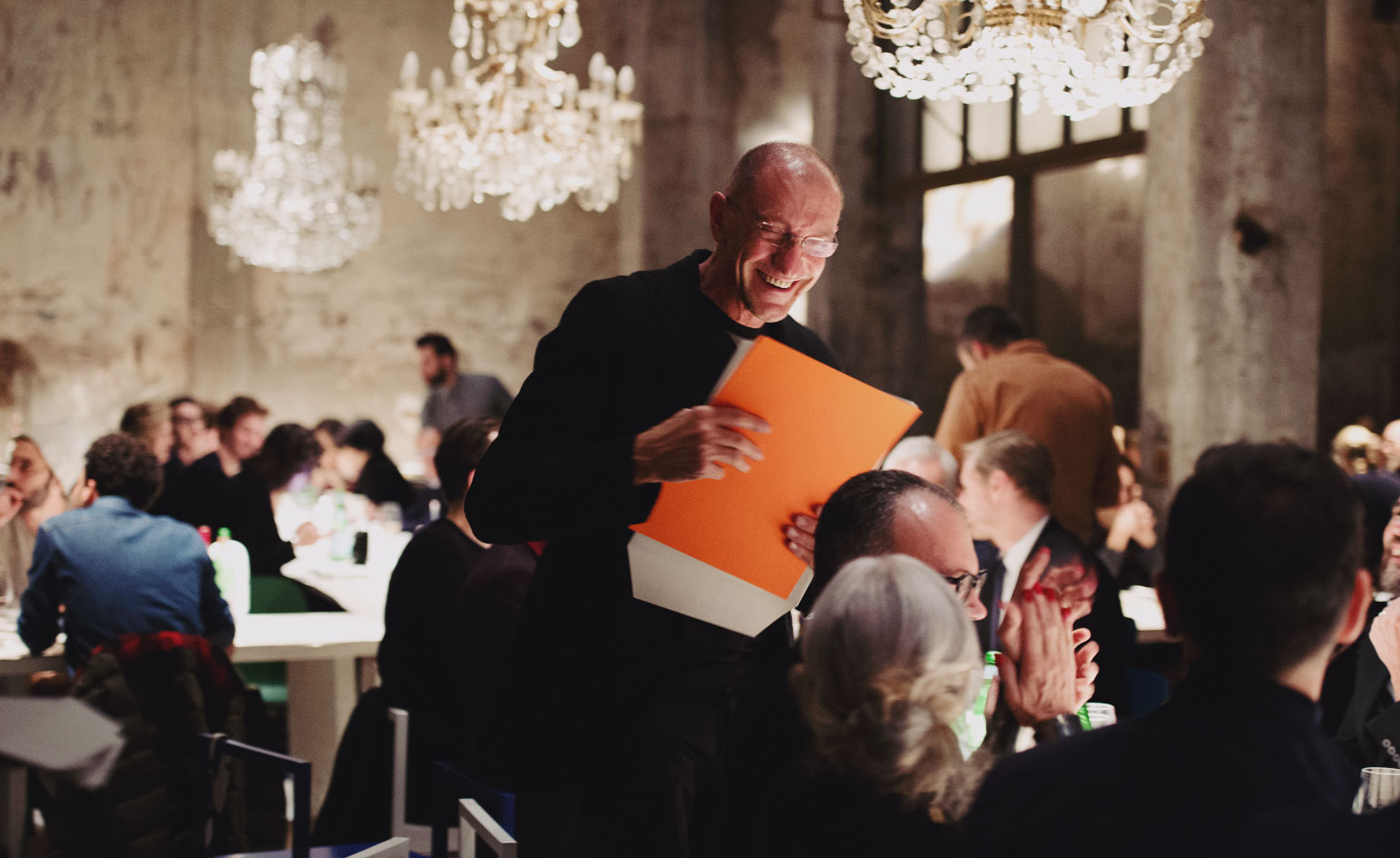 In Memoriam: Rodolfo Dordoni (1954 - 2023)
In Memoriam: Rodolfo Dordoni (1954 - 2023)We remember Italian designer and architect Rodolfo Dordoni, who died on 1 August 2023
By Rosa Bertoli
-
 In memoriam: Thomas Eyck (1964 – 2023)
In memoriam: Thomas Eyck (1964 – 2023)We remember Dutch design entrepreneur Thomas Eyck, a champion of craft, materiality and beauty who helped elevate many of the Netherlands’ contemporary design stars
By Rosa Bertoli